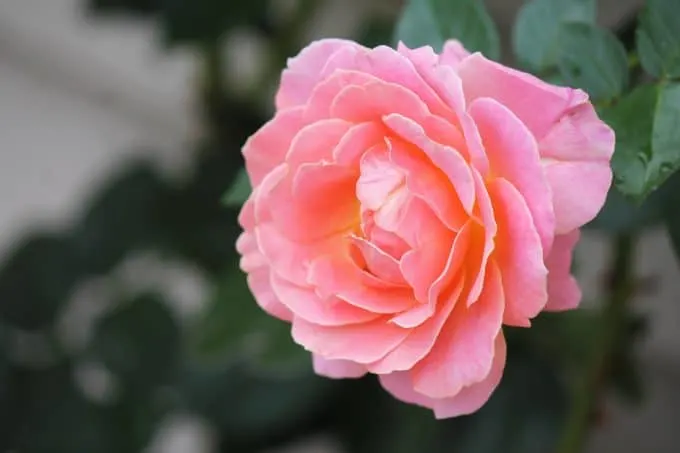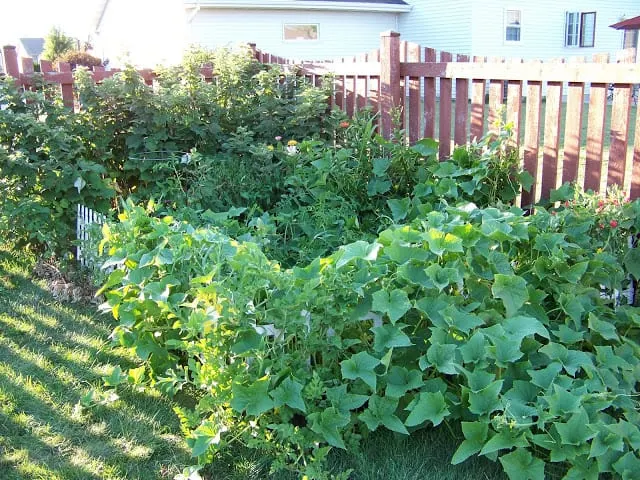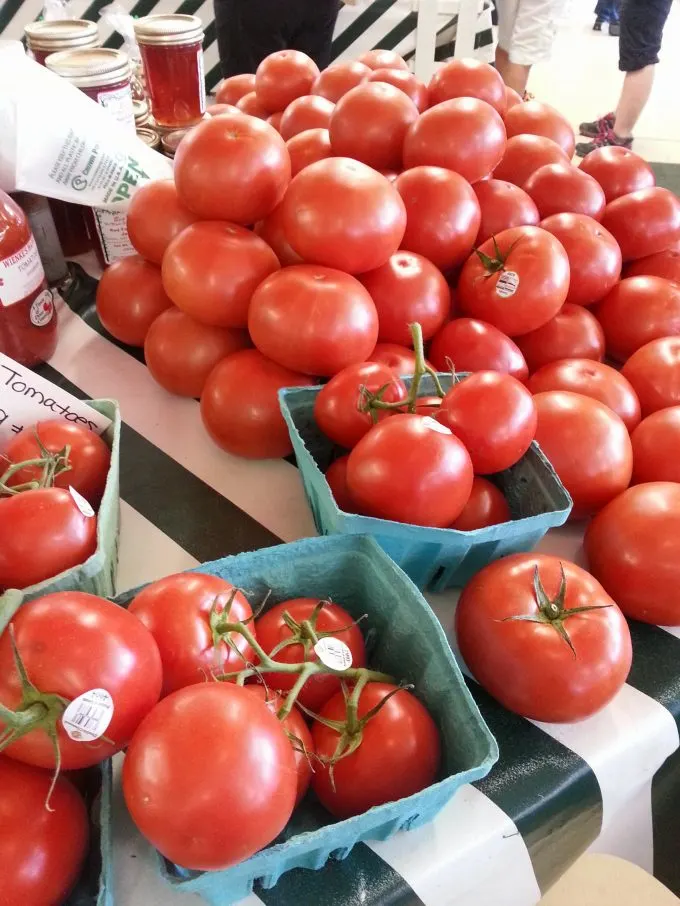Ask anyone with a green thumb what their secret is and they’ll probably tell you it’s composting. The more nutrient-rich the soil is that you use, the better your plants will grow. So what exactly is compost? It’s the soil-like material obtained by the decomposition of organic materials. In simpler terms, your organic waste (think banana peels, wilted lettuce, and potato skins) rots and decomposes. Add some worms and bugs, and the microorganisms, bacteria, and fungi produced turn that waste back into super nutrient-rich material, which you can then use in your garden. It’s a natural way of recycling, and your plants will thank you for it!

Composting 101 What You Need to Know
There are a few ways to start composting – some like to use a pile in the yard and some people use a bin. You could even put a bin on your balcony if you lived in an apartment and wanted to compost for container gardening purposes. If you live in an area that’s got a lot of foraging wild animals (like bears), you’ll probably want to use a covered bin as well to keep them away. A covered bin can consist of something you bought, something you built yourself, or that old Rubbermaid tote that has lost its usefulness. If you do use a plastic bin, make sure to drill holes so that air can get in. Oxygen is an important piece of the composting process.
While you can use any organic material for composting purposes, the best material is plant-based. It emits much less of an odor and composts easily. Most people find that starting a compost pile is easiest in the spring with the first cutting of grass or in the fall when leaves are abundant and need to get out of the yard anyway.

There is no specific way to go about making a compost heap, but one of the easiest ways is to layer it like you’d layer lasagna, only with much less appetizing materials. You start by putting down a layer of sticks, wood chips, or something course and with tough stalks to allow for better air flow at the bottom. Sprinkle some water on top of that. Next, you put a thin layer of other compost or soil or even manure – some sort of material that contains the microorganisms necessary to get the process going.
On that layer, sprinkle more water and then add a nice 6-ish inch layer of other “brown” material – sticks, leaves, etc. More water is sprinkled and then about 3 inches of “green” material is added, which consists of things like kitchen fruit and veggie scraps, grass, and the flowers you got for your birthday that you never threw out. Sprinkle more water. One more layer of the microorganism materials goes on top, and then the pile is generously watered. Repeat the process for as much material as you have and as big as you want your pile.

At this point, especially if you use a composting bin, you can just walk away and come back in a few months to a nicely composted pile. Sometimes your compost becomes anaerobic, and you do need to turn it a bit and maybe add some more material to it to get it going again.
Depending on the makeup of your pile and the conditions of your environment, there will likely be a bit of a trial and error period, and you’ll find what works best for you won’t always work for someone else.

Don’t give up, though – once you see the benefits your plants get from composting, you’ll wonder how you ever did without it! Composting is a fantastic way to recycle! Once you get started, you’ll be addicted.
Compost This
- fruit and vegetable peelings
- egg shells
- coffee grounds and tea bags
- newspaper, shredded
- grass clippings
- leaves
- garden waste
- weeds (that haven’t gone to seed)
- sawdust
- peanut shells
- manure (not cat or dog waste)
- food scraps (no dairy, meat, bones, greasy foods, skin or fat)
- hay and straw
- hair or dryer lint
Tips for Composting
- Keep your compost bin in the sun.
- Save up your kitchen compost and add large amounts instead of small piles at a time, to heat up your compost bin.
- Add water.
- Turn it and mix it up often.
- Put brown material over green or food scraps.
- Chop up or shred large stalks, peels or rinds.

Composting With Kids » Things to Share and Remember
Monday 6th of June 2016
[…] Composting 101 What You Need to Know […]